One cannot simply visit Berlin without being confronted with its grim past. There are two different stories to be told here: one about the second world war and its horrors, and one about the separation of eastern and western Berlin by means of a large, concrete wall. A lot of places in Berlin testify to the second world war’s savagery, e.g. the Holocaust Memorial, the Kaiser-Wilhelm Gedächtniskirche, the Jewish Museum and the many Stolpersteine: memorial stones in front of houses once inhabited by Jewish people that died during the war…

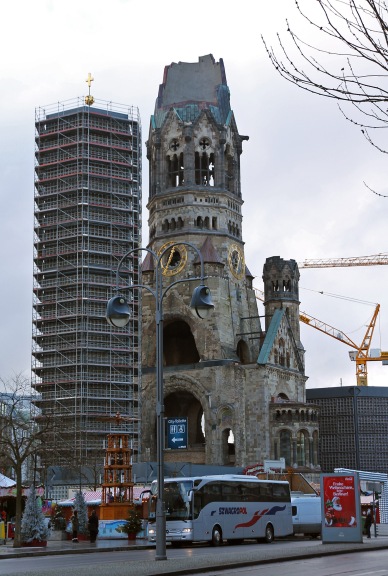

In this post, I want to focus on the story of the wall, simply because this is what shocked me the most in Berlin. It shocked me, because I never realised to what extent this must have influenced the lives of the people living here. And I had never guessed the cruelty of it all. But here it was: a harsh history lesson in open air.
I think I should at least include a short historical overview here. So, for those of you who don’t want to read all about it, I have put it in bold so you can easily skip it. But I sincerely think this is a story worth reading…
After the second world war, the allied forces decided on the reconstruction and occupation of Germany in the Potsdam Agreement (1945). This resulted in the division of Germany into 4 occupation zones, each controlled by one of the Allied powers (i.e. the United States, the United Kingdom, France and the Soviet Union). The capital (Berlin) was also subdivided into 4 sectors, even though the whole city was situated in the Soviet zone.
Persistent disagreements between the Soviet and non-Soviet zones (on political and economical subjects) lead to a lot of tension between the east (Soviet) and the west (non-Soviet) of Germany. As capitalist Western Germany’s economy grew and the economy in the communist eastern DDR (= GDR: German Democratic Republic) didn’t, people started to leave the east of the country to go to the west.
In 1952, the border between East and West Germany was closed with a barbed-wire fence to stop the brain-drain of the DDR. However, the border between east and west Berlin was still open. Obviously, the city attracted a lot of East Germans that wanted to escape the DDR. The border between the Soviet and non-Soviet sectors of Berlin didn’t close until 1961, when a new railway around West Berlin was finalized, resulting in a DDR railway network independent from the one in West Germany.
The wall itself was first mentioned in June 1961, in a statement that, ironically, said that “no one had the intention of erecting a wall“. The border between East and West Berlin was effectively closed in the night of 12-13 August 1961, first by East German troops and barbed wire, but later on a double concrete wall was erected, with a no man’s land in between. This no man’s land was defended with armed guard towers, dogs and minefields. Over the years, the wall’s appearance evolved and its build-up was strengthened to such an extent that breaching the wall became simply impossible.
As a result of political changes and many protests, the wall finally came down the evening of 9 November 1989, strangely enough as a result of a miscommunication. But there was no way to stop the crowds from passing through the gates and demolishing the wall itself. I can’t say I remember the images on television, but my wife does.
Probably the most famous strip of residual Berlin wall is the East Side Gallery. The eastern side of this section of the wall was decorated with 105 paintings by artists from all over the world in 1990. It is meant to be a memorial of freedom and hope. Sadly, part of the gallery was demolished recently. It seems that the city of Berlin values the construction of new appartments more than one of its greatest symbols ànd tourist highlight. Another sad evolution is the damage created by erosion, vandalism and (ironically) graffiti. Fortunately, recent restoration works have brought the paintings back in a reasonable state.

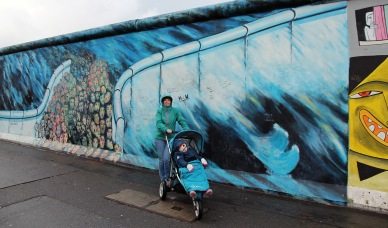

It was a very cold day when we walked the gallery’s sidewalk. Nevertheless, we really enjoyed the experience. In our next blog post, we will show some more pictures from this location.
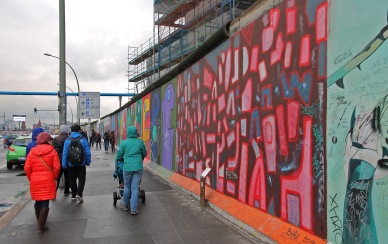
Checkpoint Charlie is the most famous Berlin wall crossing point, a symbol of the cold war and the separation between east and west Berlin. Although the original guard house has been removed (now at the Allied Museum in Berlin), a copy of the original guard shed was built here in the 1990s.


Haus am Checkpoint Charlie is a museum that is situated just next to the guard house. It documents the horrors of the wall and focuses specifically on the numerous escape attempts from East Germany. It features many documents and requisites that show the unbelievable creativity of those desperate East-Berliners that wanted to cross to the other side: a small submarine, getaway cars, a small airplane and the story of many, many tunnels. Definitely not a museum to do with small kids because most of the displays are written documents. You can buy a piece of the wall here as a souvenir, although we were very sceptic about the authenticity of those small rocks.
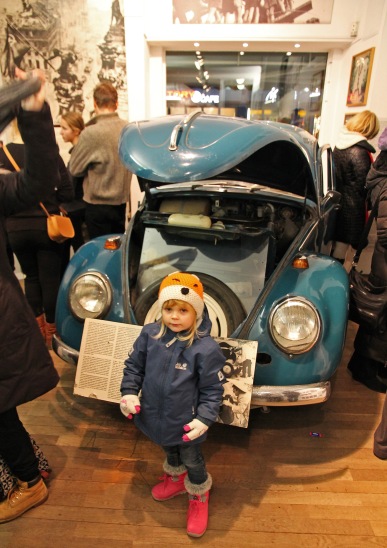

By far the most impressive and most eye-opening experience was at the Gedenkstätte Berliner Mauer (Berlin Wall Memorial) on Bernauer Strasse. Only here can you experience the full extent of this horrible structure. It includes a 60-metre long section of the wall as it was in November 1989, a documentation centre and the Chapel of Reconciliation. Old photographs of the wall during the cold war are featured on the walls of nearby buildings.




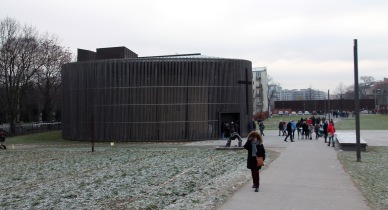

The small details are the most confronting, though: round plaques on the pavement were tunnels were dug (not always succesfully) underneath the wall, the course of the Berlin Wall, which is marked by a double row of paving stones and a plaque for Ida Siekmann, the first victim of the wall.

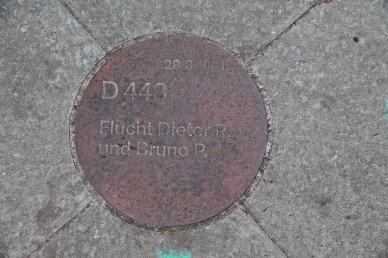


All these spots are obvious must-sees in Berlin, although personally I think you can’t leave Berlin before at least visiting the Berlin Wall Memorial. In my opinion, the remaining sections of the wall merit to be quickly installed as a UNESCO World Heritage site, especially when taking into account that parts of the East Side gallery have already been vandalised and demolished.

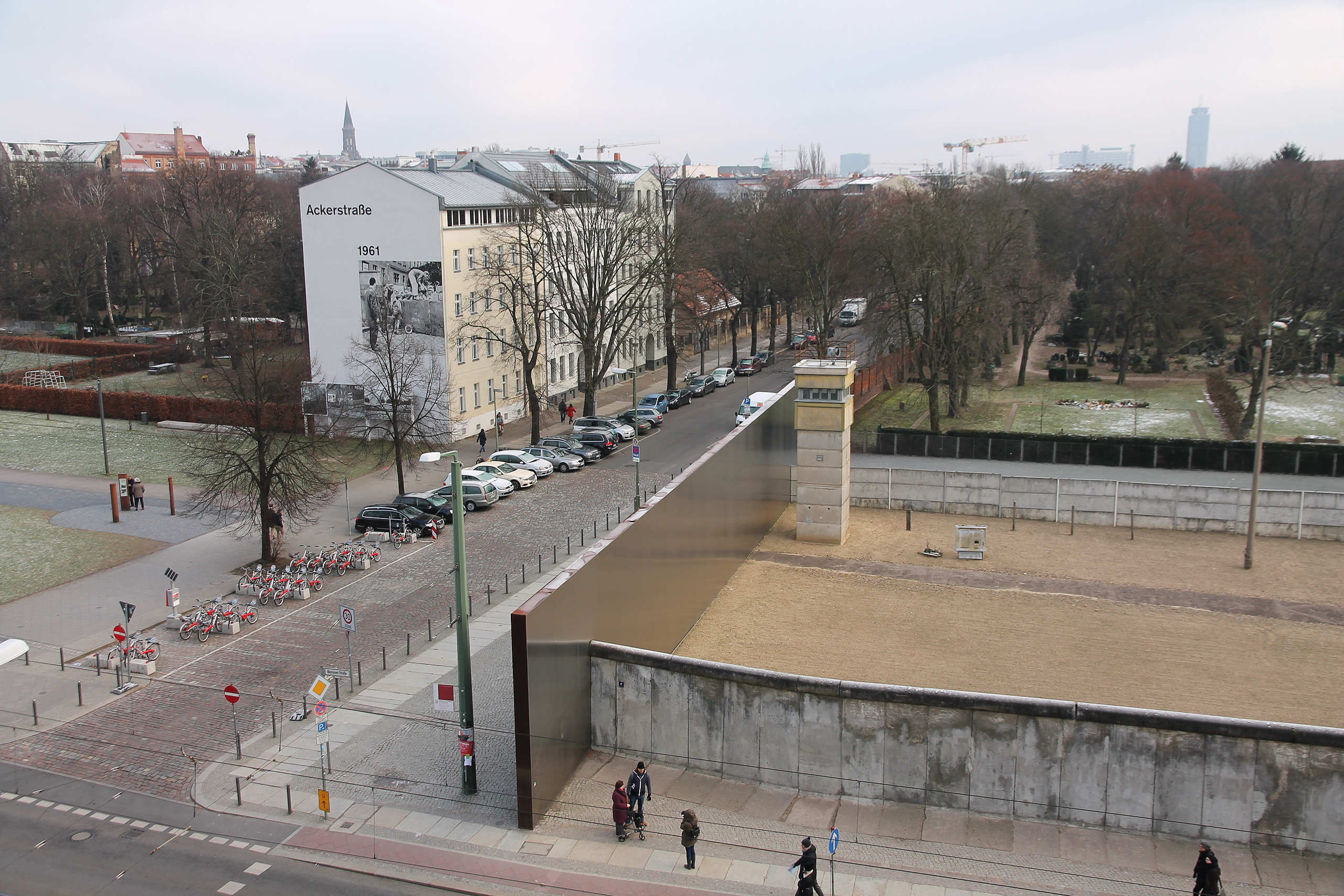
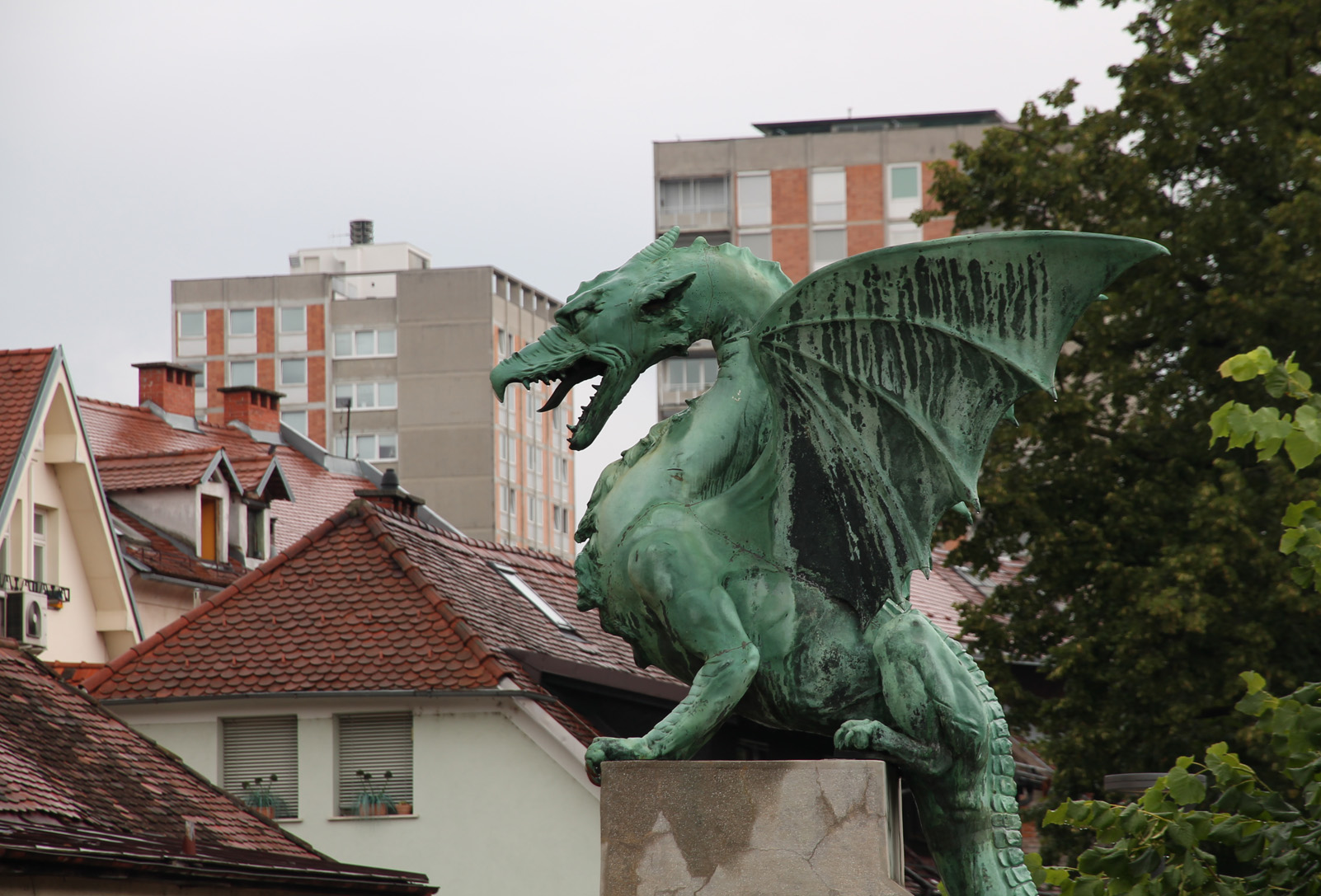

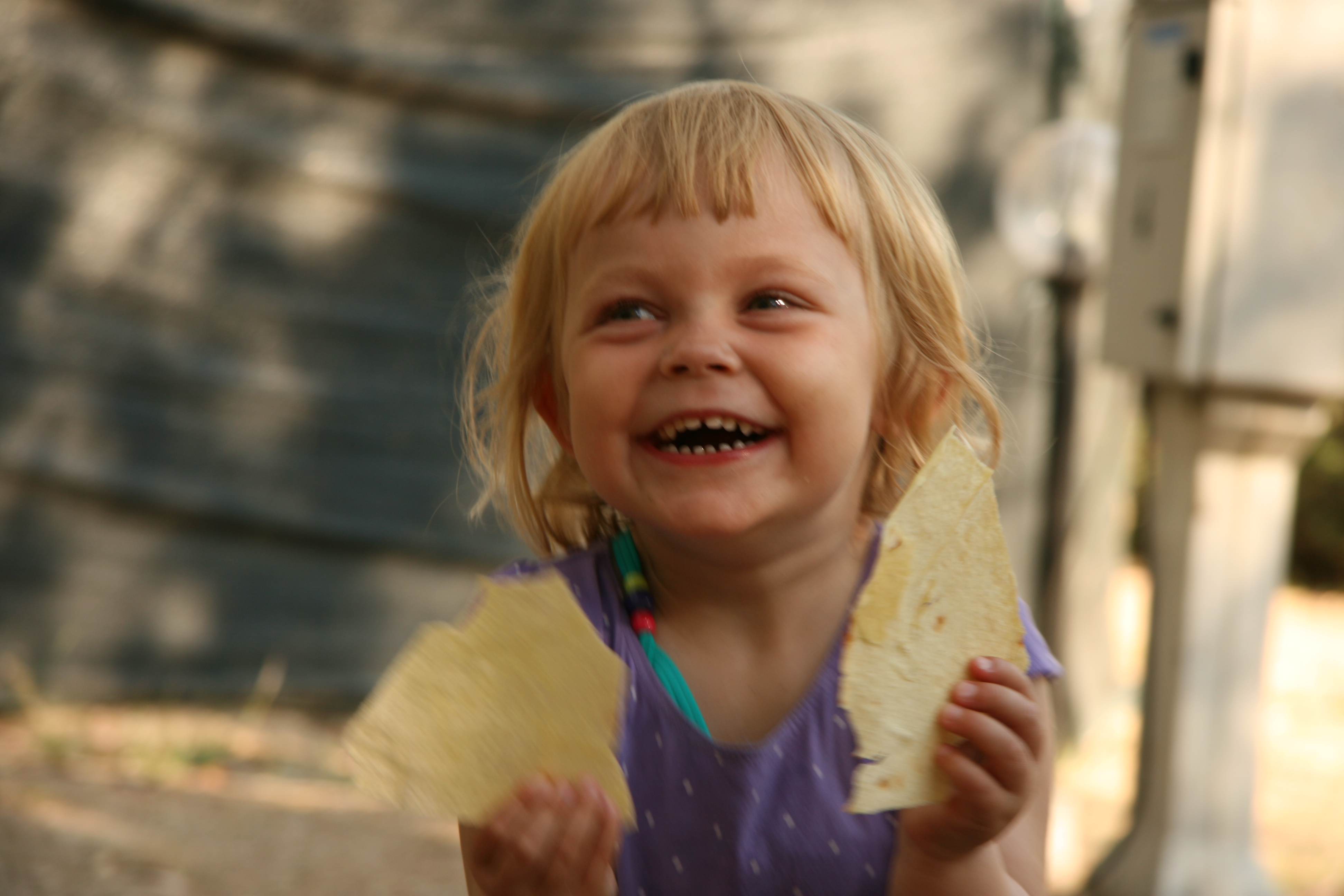
[…] we told the sad story of the Berlin wall as we saw it during our recent (December 2014) city trip (http://blog.ourworldheritage.be/2016/01/02/walls-of-berlin-1-the-berlin-wall/). While that post might have been slightly depressing, I am glad to announce that this one is much […]